Montparnasse Tower: Paris’s most controversial skyscraperBig, black, blot on the skyline of Paris ...The Tour Montparnasse – the Montparnasse Tower – is one of the most divisive landmarks in Paris. Rising 210 metres (689 feet) high, it was the city's tallest building until 2022, when it was surpassed by the Tour Hekla in La Défense district. When Paris sought to modernize in the 1960s, the Gare Montparnasse railway station was relocated, leaving a large area open for redevelopment. Architects Eugène Beaudouin, Urbain Cassan, and Louis Hoym de Marien designed the tower which was constructed over four years and completed in 1973. It was envisioned as a “symbol of progress” but it was immediately met with strong criticism from both Parisians and visitors, nicknaming it La Verrue de Paris – The Wart of Paris – L’Erreur Montparnasse – The Montparnasse Mistake – and, most commonly, La Souche Noire– The Black Stump. The criticism of the Montparnasse Tower is that its dark, monolithic facade clashes with Paris’s low-rise, classic architecture. People find it unappealing and “out of place” among the city's elegant buildings. Additionally, the tower's original windows had to be replaced due to leaks and insulation issues. The backlash was so strong that, in 1977, the French government banned high-rise buildings in central Paris. This restriction remained in place until 2010, ensuring that no other skyscrapers would intrude on the city’s historic skyline. However, not everyone dislikes it. Some tourists appreciate its modern contrast, and photographers often praise it for offering one of the best panoramic views of Paris. While the Eiffel Tower is a popular spot for city views, many people prefer the observation deck at Montparnasse Tower as it allows them to see the Eiffel Tower itself in the skyline, and they can’t see the black stump if they are in it! On a clear day, visitors can see up to 40 kilometres (25 miles) in every direction. The tower houses offices, restaurants, and commercial spaces, making it an economic location for the Montparnasse district. It accommodates more than 5,000 workers daily. It is also home to one of Paris’s busiest train stations, the Gare Montparnasse, connecting Paris to western France - to Brittany, Normandy, and Bordeaux. Tourists may not be aware that the Montparnasse Tower had the fastest elevators in Europe when it opened in 1973: They travel at 60 kilometres per hour (37 miles per hour), reaching the 56th floor in 38 seconds. To improve its appearance, the tower underwent a €300 million renovation to add greener, more modern elements before the 2024 Paris Olympics. People have a love-hate relationship with the Montparnasse Tower. Despite decades of criticism, it remains a visually prominent part of Paris, whether people love it or hate it. While architectural purists continue to despise its imposing silhouette, others appreciate its functionality and breathtaking city views. Either way, its story is a fascinating chapter in the ever-evolving cityscape of Paris. Can’t see the whole article? Want to view the original article? Want to view more articles? Go to Martina’s Substack: The Stories in You and Me MY PARIS WEBSITE AND ALL THINGS PARISIAN Photographer: Martina Nicolls PIP DECKS, the fun and engaging how-to guides for business. You're currently a free subscriber to The Stories in You and Me . For the full experience, upgrade your subscription. |
Monday, 10 February 2025
Montparnasse Tower: Paris’s most controversial skyscraper
Subscribe to:
Post Comments (Atom)
Montparnasse Tower: Paris’s most controversial skyscraper
Big, black, blot on the skyline of Paris ... ͏ ͏ ͏ ͏ ͏ ͏ ͏ ͏ ͏ ͏ ͏ ͏ ͏ ͏ ...
-
thealchemistspottery posted: " "I shall pass through this world but once.If therefore, there be any kindness I can sho...

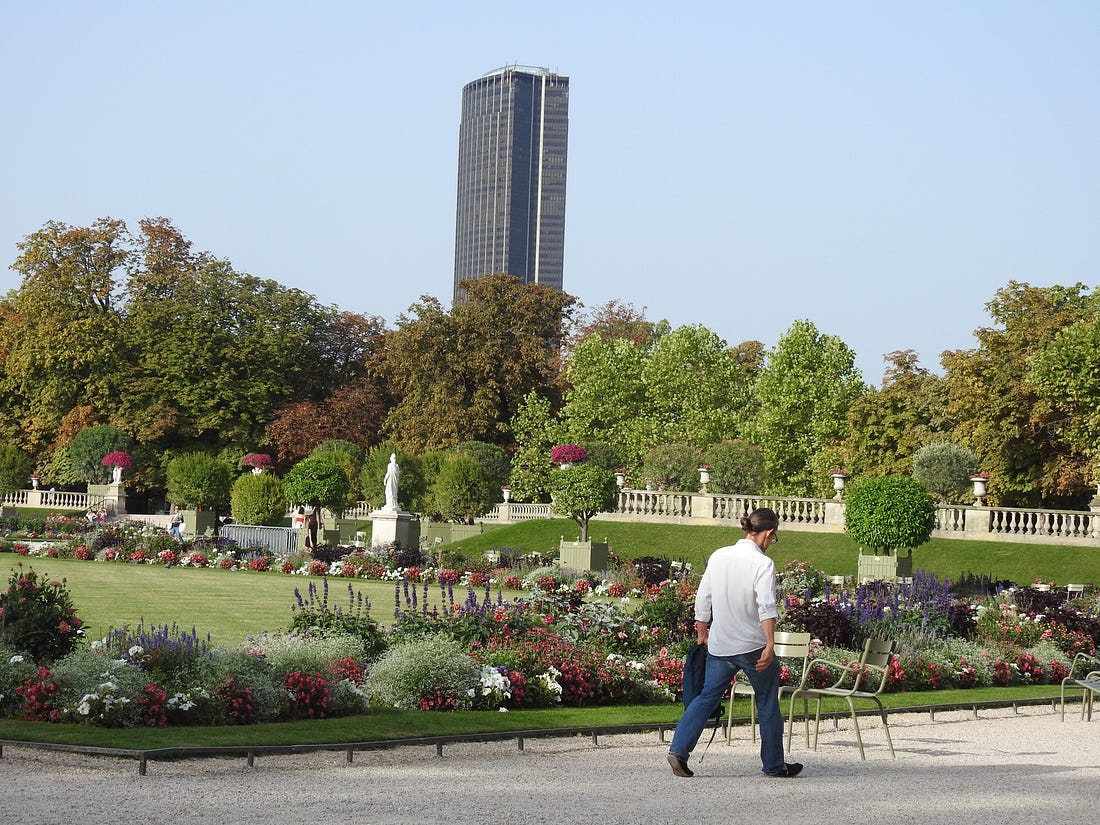
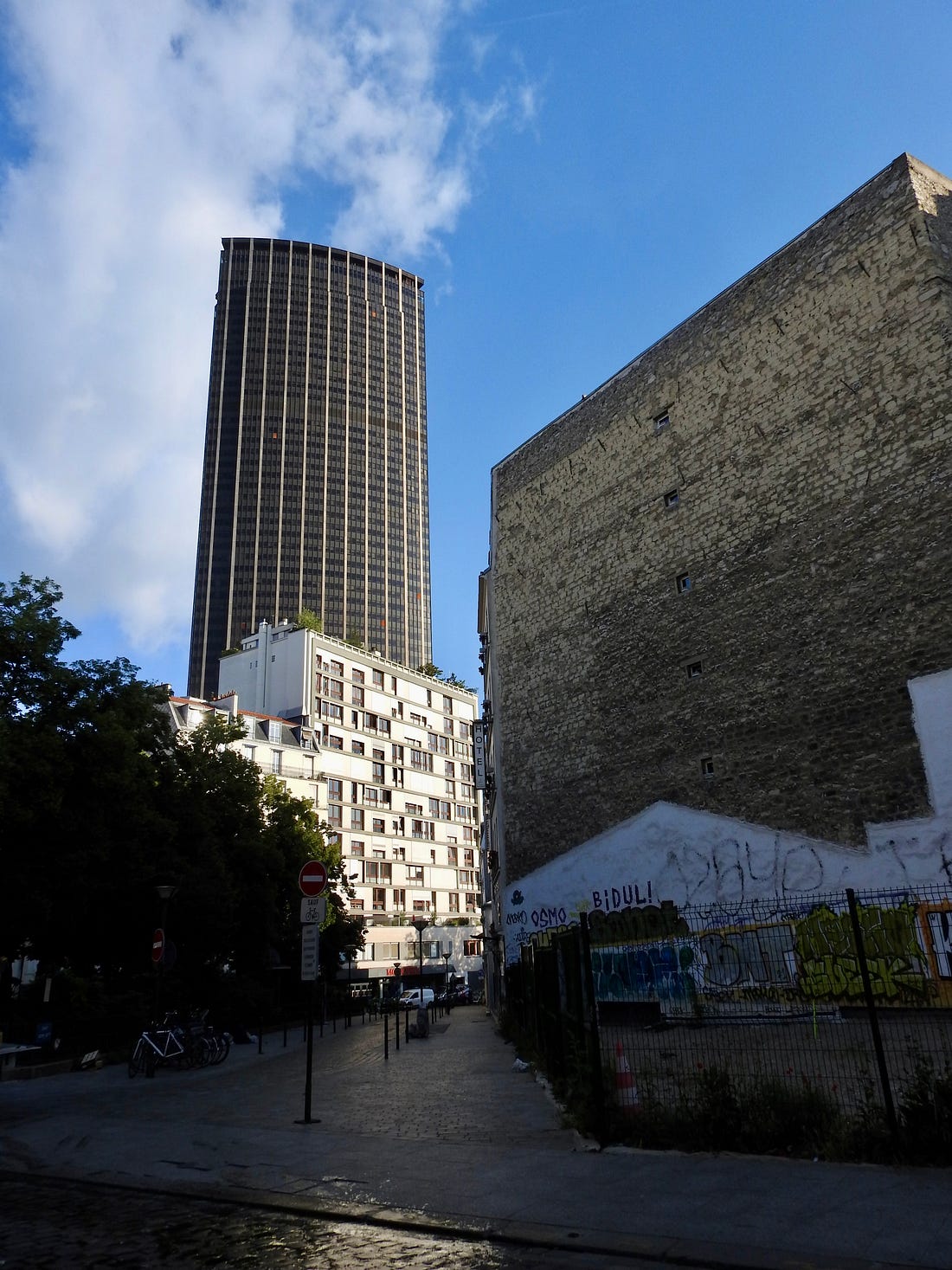
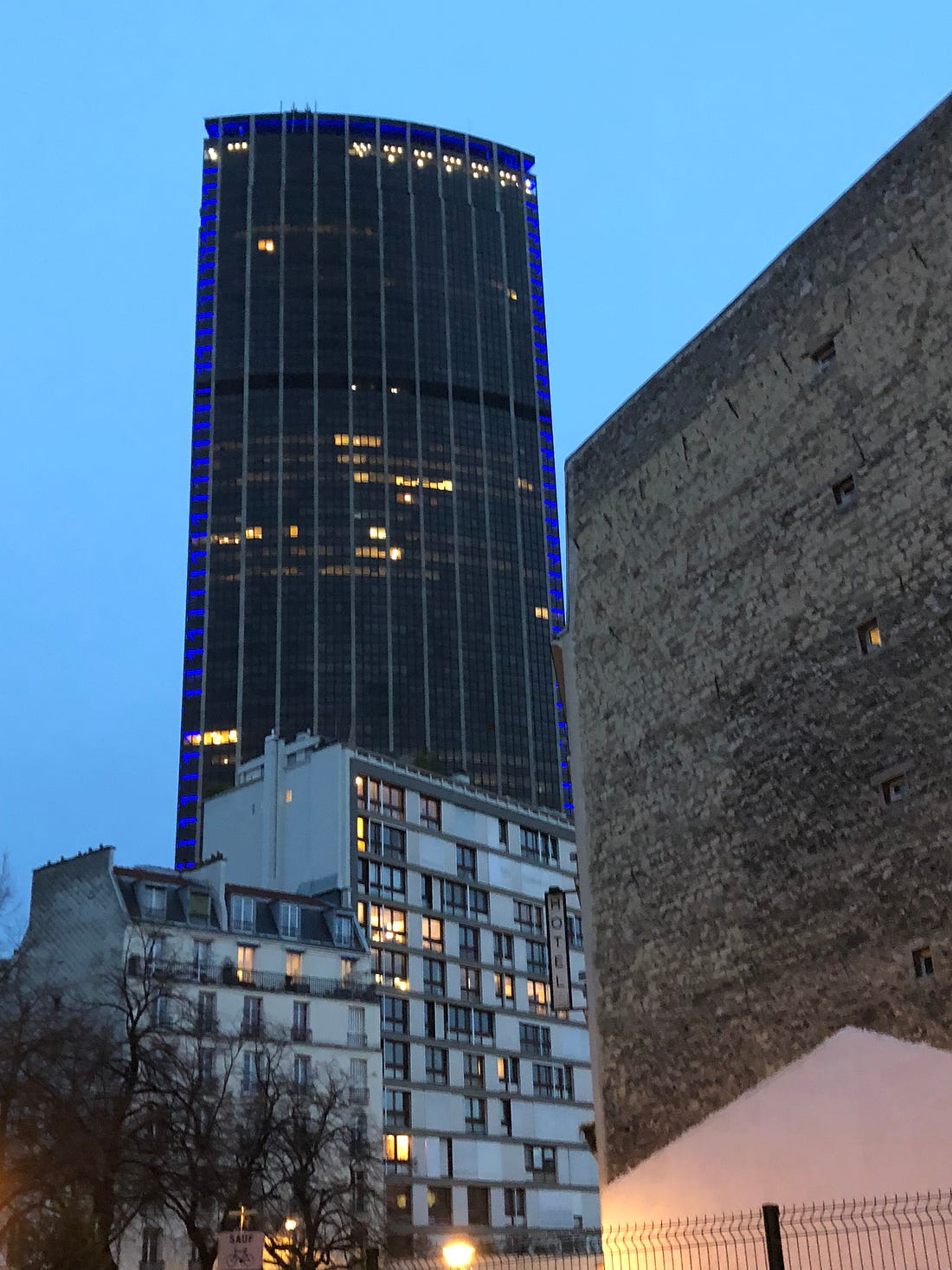
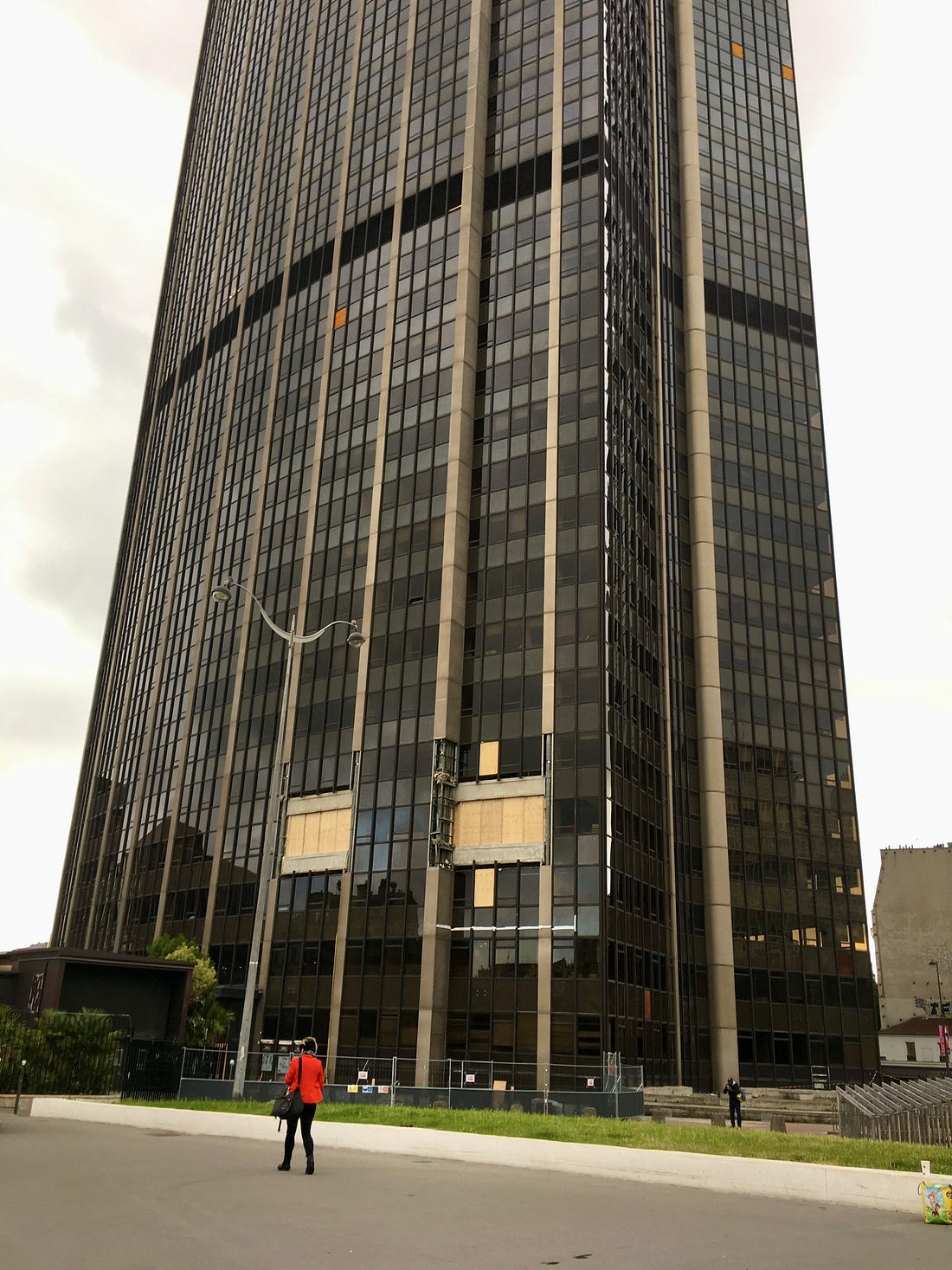
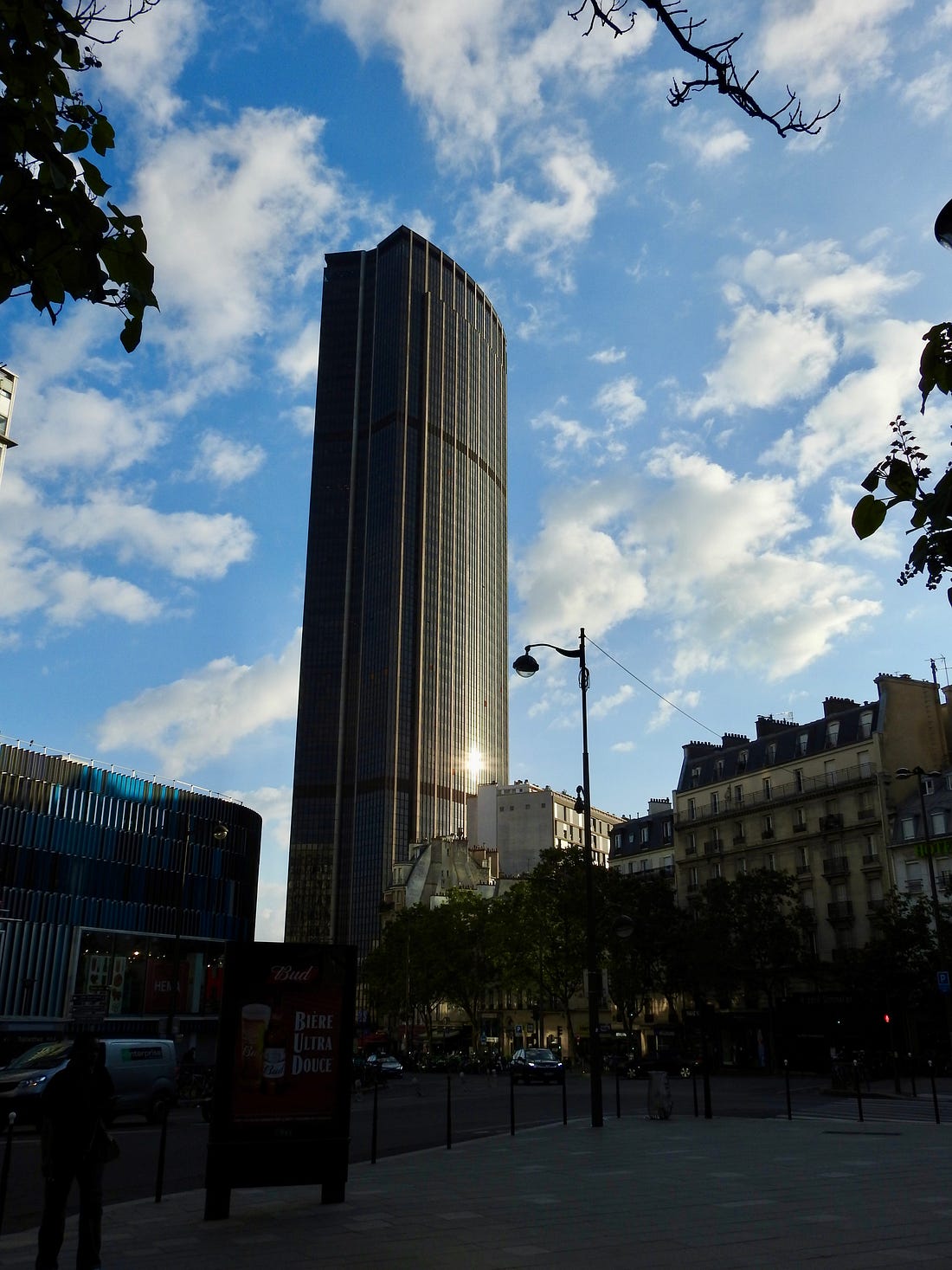
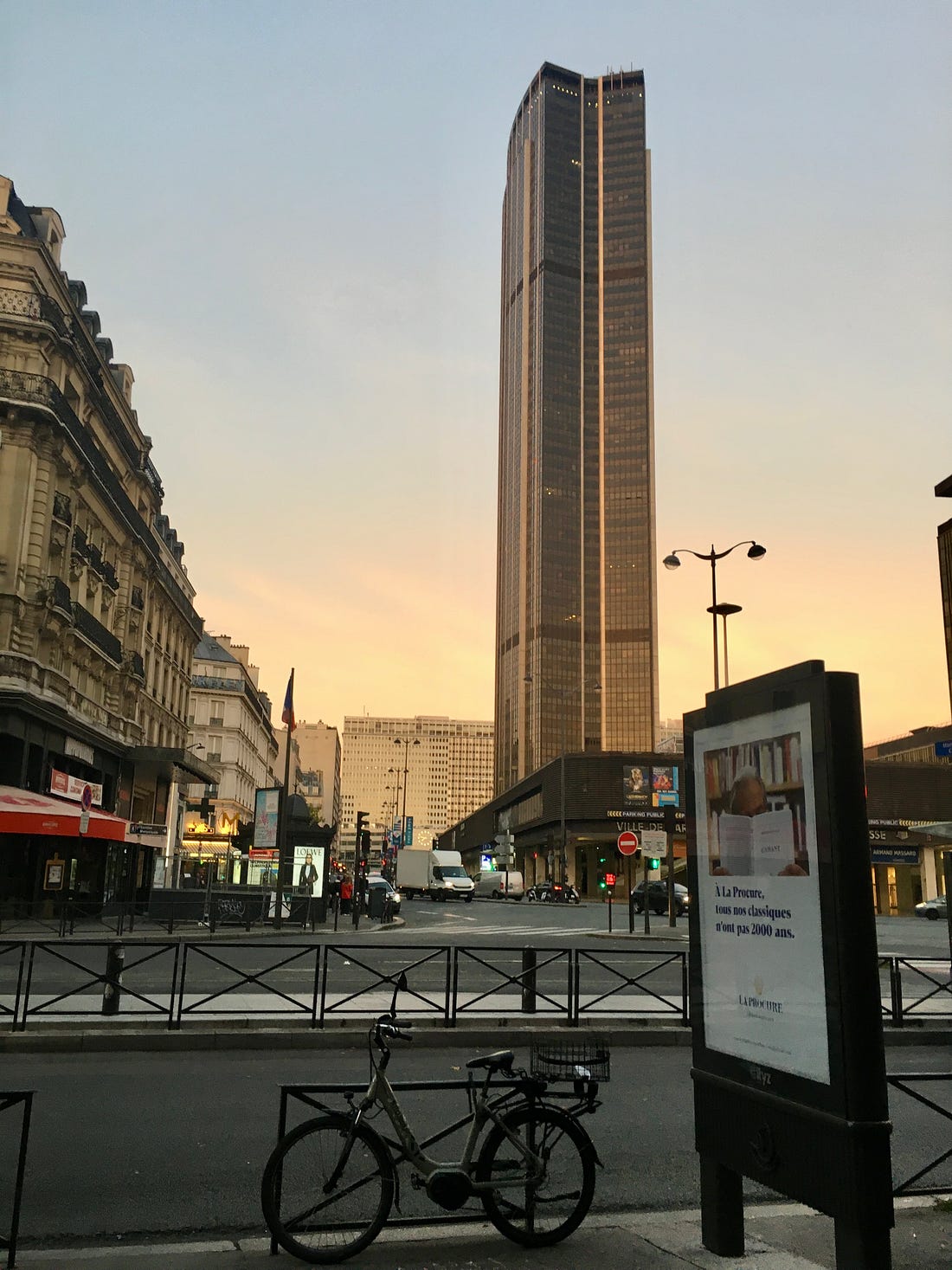
No comments:
Post a Comment